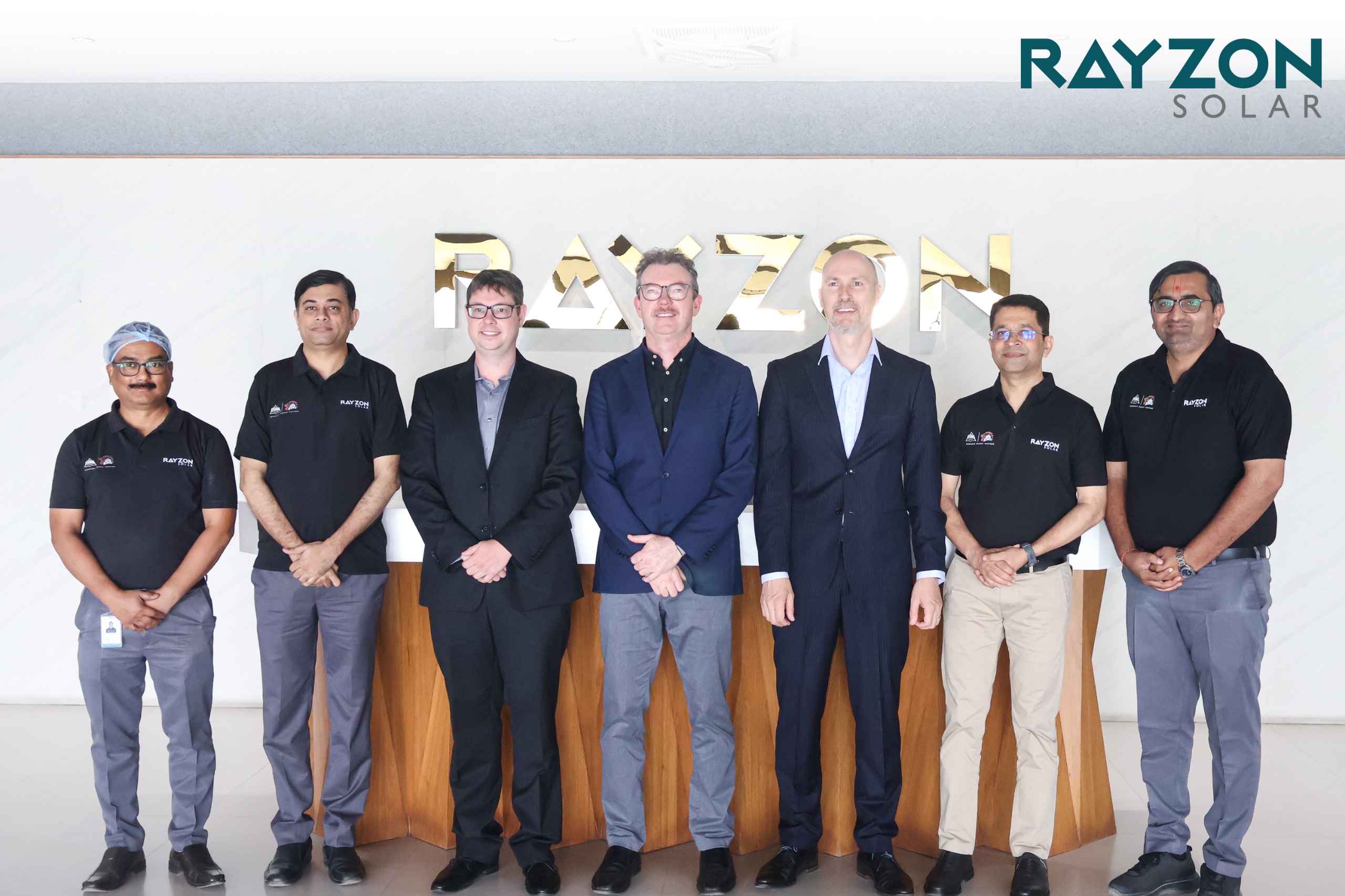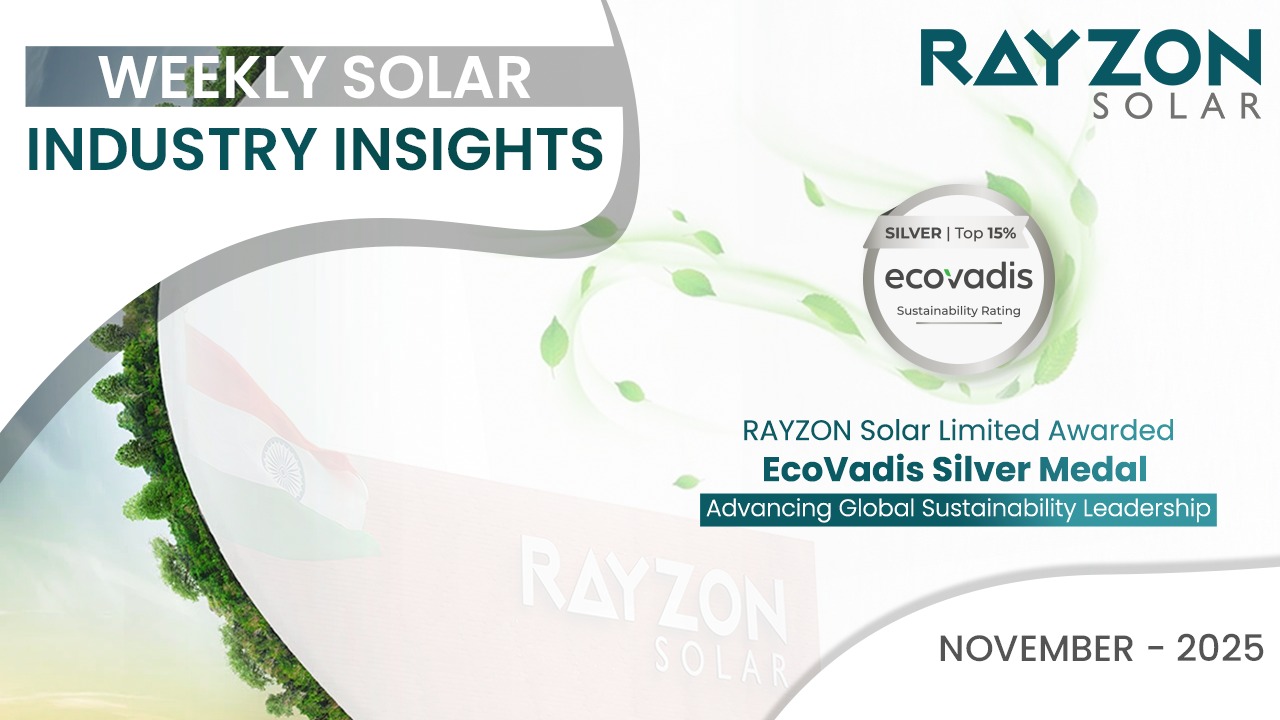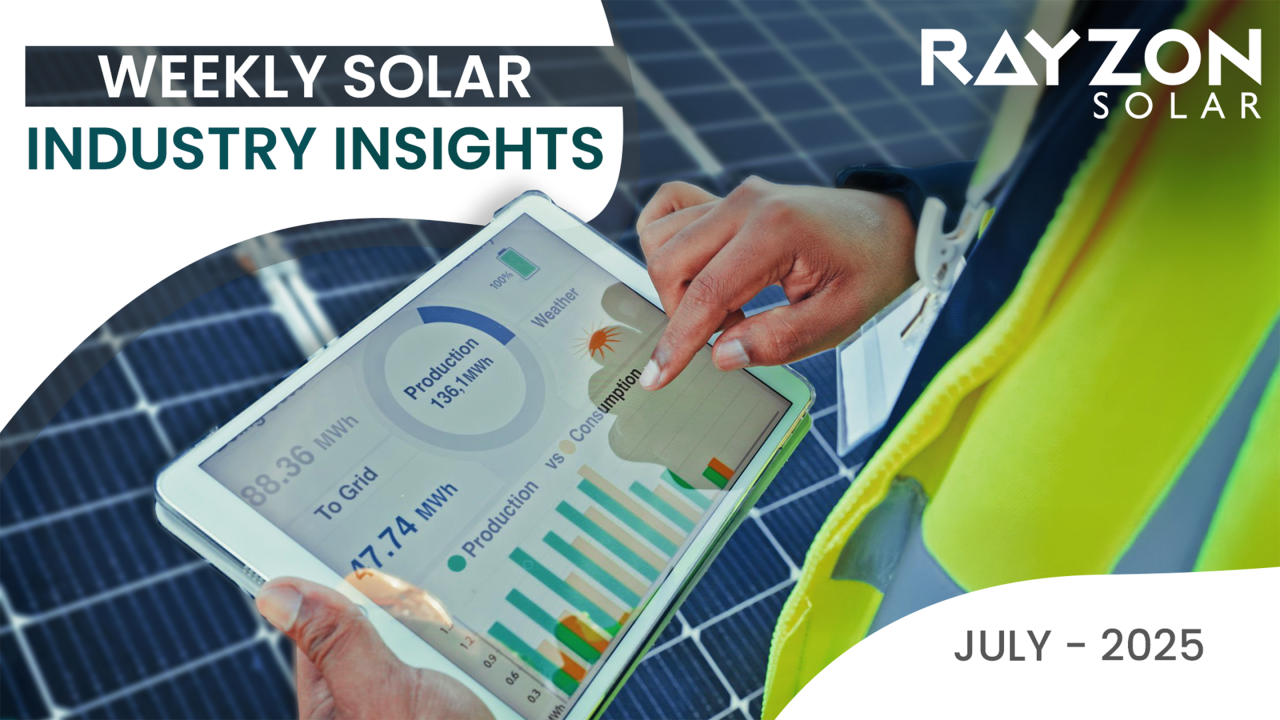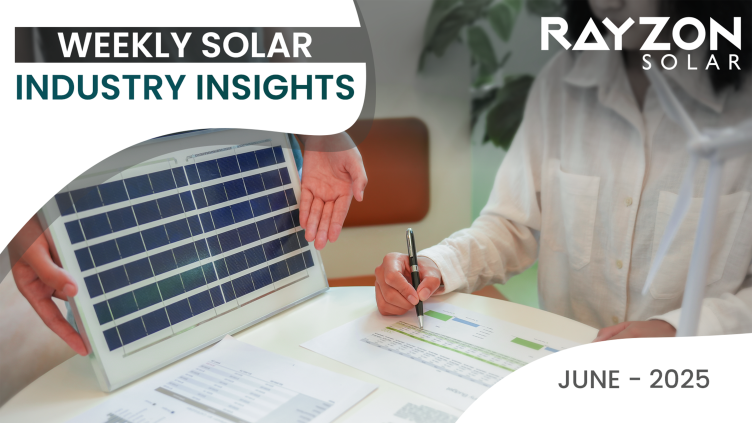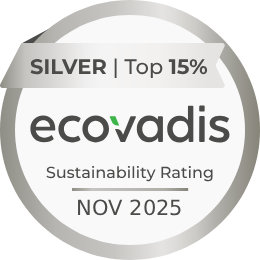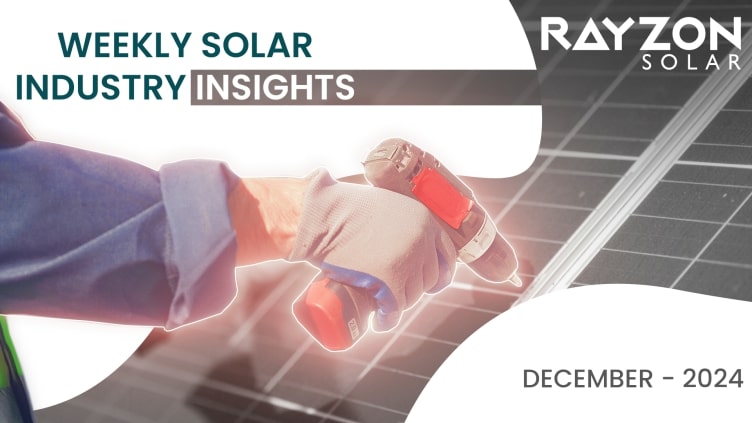
Weekly Solar Industry Insights: December 16th – December 22nd , 2024
Global Solar Module Prices Hold Steady as Year-End Approaches
Global solar module prices remain stable to firm as markets slow down for the year-end, according to OPIS. China's TOPCon modules held at $0.087/W, driven by a “self-regulation agreement” among Chinese solar companies to stabilize prices by controlling supply. Despite reduced production rates, prices remain low due to weak demand and high inventories. In Europe, prices rose by 1% to €0.099/W, while in the U.S., developers are rushing to secure inventory before potential changes to the ITC in 2025.
China Approves Polysilicon Futures to Manage Solar Supply Chain Volatility
The China Securities Regulatory Commission has approved polysilicon futures and options on the Guangzhou Futures Exchange, aiming to address the rising price volatility and supply-demand imbalances in the solar-grade polysilicon market. Trading will begin on December 26, 2024, with contract details and trade rules already set. This move will provide the solar industry with key risk management tools, stabilizing the market and supporting China's renewable energy goals. Futures for other materials like industrial silicon have also been introduced successfully.
India to Mandate Energy Storage for Solar and Wind Projects
India is set to require battery storage for future solar and wind projects, following China's lead. The Ministry of New and Renewable Energy plans to mandate an initial 10% storage capacity for renewable energy plants, with potential increases to 30-40%. This policy aims to address the intermittency of renewable energy and ensure 24/7 power availability. Falling battery costs and competitive tenders combining solar, wind, and storage have outperformed coal plants, driving this initiative.
Renewable Energy Lending Surges by 63% in 2023
In 2023, lending to renewable energy projects in India rose by 63% compared to the previous year, totaling INR 30,255 crore ($3,663 million). Solar energy projects received 49% of this funding, while hybrid wind-solar projects saw a 31% increase in funding. Notably, no coal projects received project finance for the third consecutive year. However, over $3 billion in corporate finance lending went to coal companies, with significant support from US-based Jefferies Financial Group and Indian banks.
India’s Solar PV Cell Manufacturing to Reach 60 GW by FY 2027
India's solar PV cell manufacturing capacity is set to rise from 8 GW in March 2024 to 60 GW by FY 2027, driven by upcoming capex investments and government initiatives like the production-linked incentive (PLI) scheme. This growth will position India as a surplus market, pushing domestic manufacturers to explore export opportunities. Key factors such as tariff barriers, government schemes, and the Approved List of Models and Manufacturers (ALMM) are expected to support the expansion of local solar manufacturing.
Madhya Pradesh Aims for 50% Solar Energy by 2030
Chief Minister announced that Madhya Pradesh plans to meet 50% of its power needs through solar energy by 2030. The state is advancing solar production, focusing on affordable electricity for industries and agriculture. Yadav inaugurated the 880 MW Agar and Neemuch solar projects, built for INR 3,520 crore. Solar energy from these projects will power trains in seven states, while one lakh solar pumps will be provided to farmers for self-reliant irrigation.
ALMM Mandate to Raise Solar Project Costs: CRISIL Report
The extension of India's Approved List of Models and Manufacturers (ALMM) to solar cells by June 2026 could increase project costs due to the high price of domestic cells, which are 1.5-2 times more expensive than Chinese alternatives, according to CRISIL. This price gap may drive capital costs up by INR 5-10 million per MW and raise tariffs by 40-50 paise per kWh. Despite anticipated production growth, developers may face short-term supply gaps and higher costs, impacting auction bids and market share.
Solar Wafer Market Update: Stability Amid Policy Shifts
The global solar wafer market has stabilized, with FOB China prices for Mono PERC and N-type wafers holding steady. China's wafer inventory levels have normalized, but reduced production and weak demand persist. Major cell manufacturers are planning early holiday shutdowns, and regional policies are shaping future production and trade. China's self-regulatory agreement limits 2025 production to 650 GW, while India and the U.S. have introduced policies affecting wafer imports and tariffs, potentially influencing global wafer dynamics.
CBIC Revokes Permission for Warehousing of Imported Solar Goods
The Central Board of Indirect Taxes and Customs (CBIC) has revoked the permission for solar developers to warehouse imported solar modules for value addition, effective December 17, 2024. This decision restricts developers from performing manufacturing processes in bonded warehouses, including assembly and operations that produce electricity. This follows a prior ruling where the Delhi High Court quashed CBIC's duty deferment circular. The move aims to ensure compliance with the Customs Act and the Manufacturing and Other Operations Warehousing Regulation (MOOWR).
Information Source: PV Magazine
